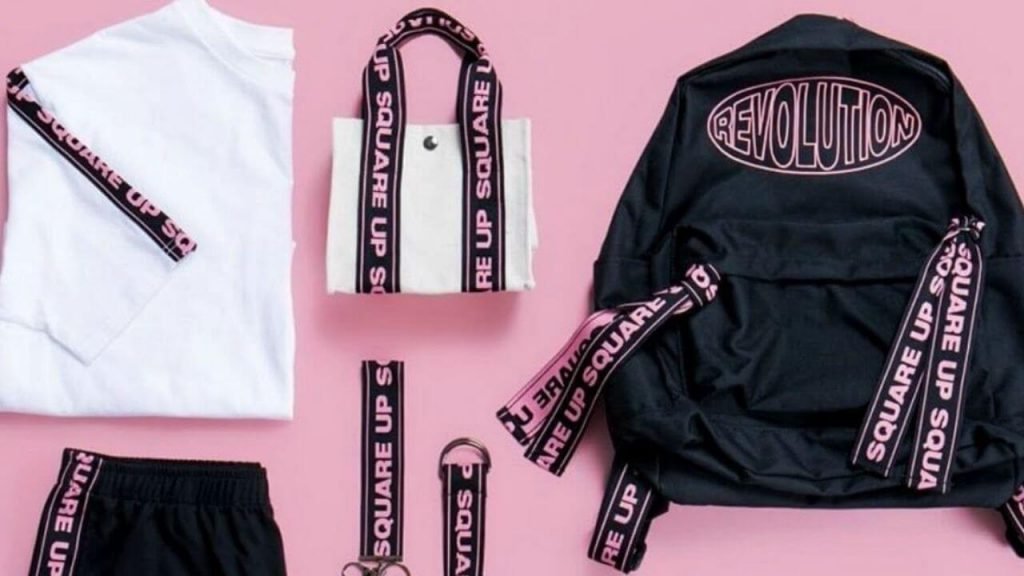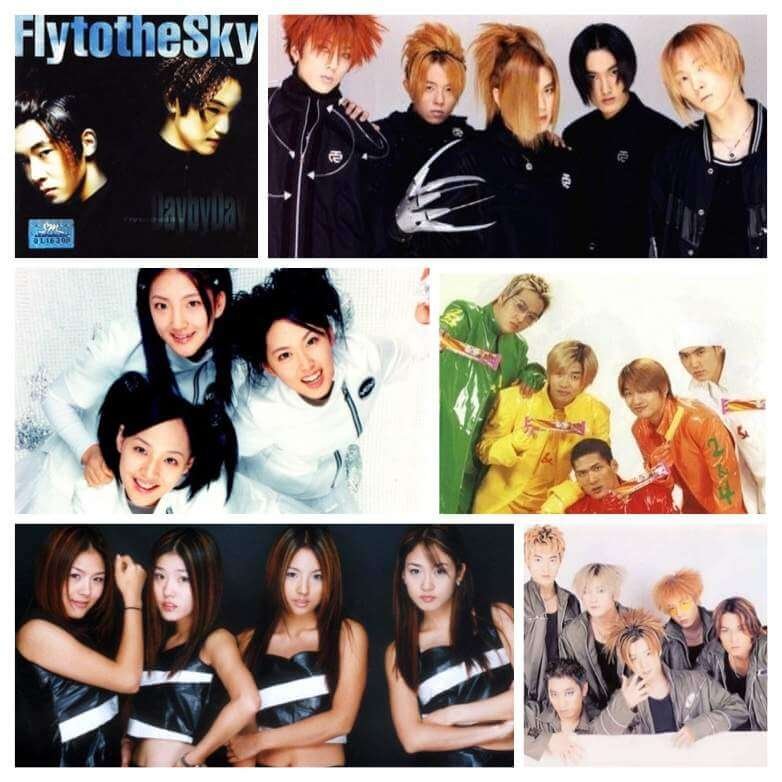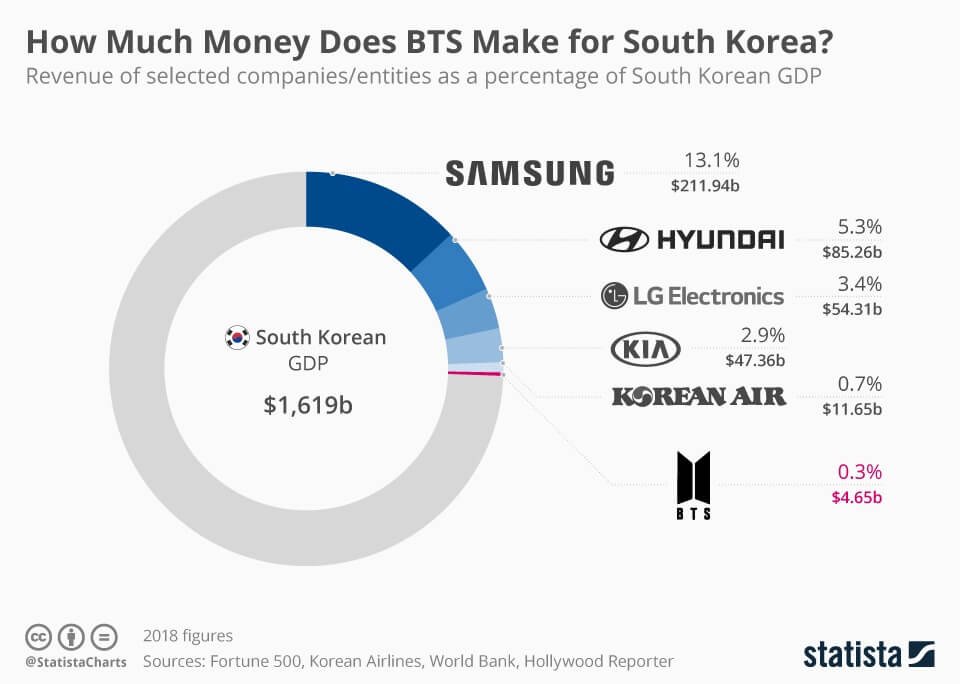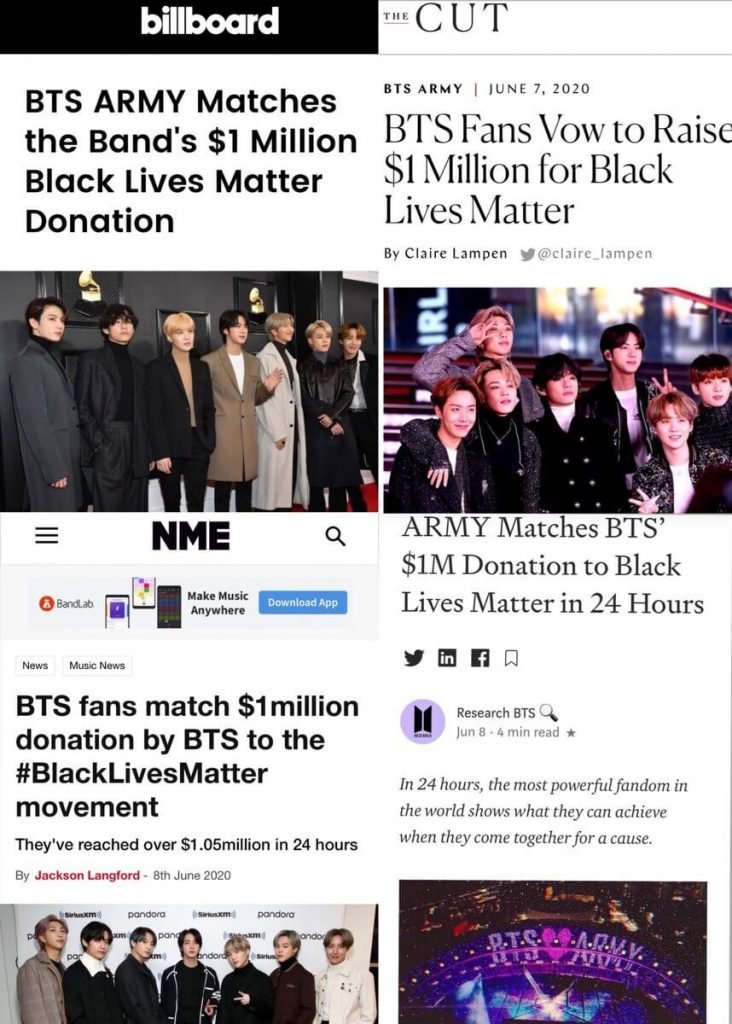
Must-Visit August Pop-up Stores: Stray Kids, One Piece & More
Best Korean Pop-up Stores to Visit in July and August: Stray Kids, One Piece & More Home > Blog > Best Korean Pop-up Stores to
In recent years, the effect of Hallyu or the Korean Wave has been more evident than ever. K-drama, K-food, K-beauty, K-fashion, and KPOP are leading their respective industries globally. Following the rise of technology and ways of communication, the overall growth is considerably fast.
Especially for KPOP, music might be its primary source, but what made it internationally competitive to the whole music and business industry is the support of the fans. Unlike its western counterpart, the South Korean fandom culture is more money-oriented, whether you accept it or not. But it’s not a bad thing. It’s just that the KPOP fandom culture’s cultural and social value that comes with fan commitment is constantly overlooked.

Seeing how KPOP groups like BTS, BLACKPINK, SEVENTEEN, and TWICE are easily dominating their global audience every time they release music, you’ll realize that KPOP has become mainstream. It is not just a subculture anymore. And what drives it is the unique KPOP fandom culture that started way back in 1992.
Without much knowledge of the subject, you’ll think that KPOP started in 2009. This was when a few idol groups were finally recognized in their neighboring countries like Japan and China. But KPOP was actually born in 1992 when a boy group called “Seo Taiji and Boys” introduced a new music genre and vibe to South Korea. Fans acknowledge that this period is the first generation or era of KPOP.

As Seo Taiji and Boys successfully captured their local audiences’ hearts, more idol hopefuls followed in their footsteps. This is when idol groups like H.O.T., Sech Kies, S.E.S., and Fin.K.L. were born. With this, fans created their own fandom culture. Even with a few resources, fans could connect through “fandom managers” and support their idols by buying physical albums and merchandise.
Following that period was what is called the “Golden Era of KPOP.” It started in 2008, according to fans, when groups like BigBang, TVXQ, Super Junior, Girls Generation, Wonder Girls, and 2NE1 were born. There are also soloists like Rain, Se7en, and BoA who are successful during this time. Social media platforms like Facebook, Youtube, and Twitter began to control KPOP fans’ communication all over the world. With a more robust and bigger fandom, KPOP idols were finally able to perform outside their country.
And right now, we are currently experiencing a higher level of Korean pop culture domination worldwide. Idol groups leading this third era of KPOP include BTS, BLACKPINK, SuperM, TWICE, GOT7, Seventeen, and Red Velvet. Global social platforms are not just a way of communication for KPOP fans, but they are now controlling and establishing the idol groups’ position in the music and business industry today. Fans show efforts and support in digital music buying, video streaming, and more.
The fandom culture during the first KPOP era was somehow perceived with a negative connotation. If you watch the Korean drama Reply 1997, you’ll see how fans fight not just verbally but also “physically” just to protect their idols.

The image that is connected to the KPOP fandom are rabid and screaming “girls” and “teenage” fans. As the KPOP culture progress, fans also evolved. Negatively when the term “sasaeng” was created, or the stalking and privacy-invasive type of fans. But on the bright side, fans of the third KPOP era go beyond the “age” aspect. And their positive impact on the music industry and the economy is now globally recognized.
As mentioned above, KPOP is money-oriented. Why are fans so hell-bent on supporting their idols financially through concert tickets and merchandise? This may not be the main reason, but KPOP idols are known to accumulate “debt” during their trainee days which includes accommodation, training fees, and food. And they only have the opportunity to pay it back when they debut and start earning.
With almost hundreds of KPOP groups debuting each year, the competition is so tight. You can just count on your fingers the number of idol groups who are earning well to pay their trainee debts. Knowing this, fans are more motivated to support their idols in any way possible: streaming their videos on Youtube for views, buying digital and physical albums, and purchasing all kinds of merchandise.
A KPOP idol group’s success heavily relies on the effort of the fans to spend. The best example is BTS, or Bangtan Seonyeondan. They started out as a boy group under a small company called BigHit Entertainment. Seeing their sincere love for music, they began to gain amazingly supportive fans, called ARMYs, which made them the biggest boyband in the world right now. According to Statista, BTS contributed to 0.3 percent of South Korea’s economy with $4.65 billion in revenue in 2018 alone, together with big Korean companies like LG, Hyundai, and Samsung.

The term Fansumer came from two words “fan” and “consumer.” It describes the behavior of fans, or also called stans, in the planning, production, and promotion of their favorite KPOP idol groups. Here are 3 examples of fansumer behavior:
Music and Video Streaming Efforts. Music can be both purchased digitally and physically. This will help your idols rise to the top of the local and global music charts. Also, streaming on Youtube has its own merits. Having the greatest number of views, likes, and comments count on the criteria for award shows.
Public Advertisements. Another way to support your idols, especially during comebacks and their birthdays, is to promote in public. Fans usually put advertisements on subway stations and buses.


Crowd Funding. It means “funding from the crowd.” As KPOP fans have a solid connection in digital social platforms, it’s easier to communicate with other fans. If there’s a need for funds, they come together to reach their goals in terms of helping their idols in any way. One famous example is how ARMYs, BTS fans, collected $1 million dollars in less than 24 hours to match BTS’ donation to the #BlackLivesMatter campaign.

Concert Tickets and Touring. Huge KPOP idol groups tend to have world tours, and it’s the best way for fans to meet them. The ticket prices are high, to say the least. As there are fans who want to spend more, they follow the group to a number of concert stops. So aside from the concert ticket, they also pay for plane tickets, accommodation and more.
KPOP Merchandise. Aside from the albums, KPOP idols also release various official goods that mostly include photobooks, season’s greetings, photocards, DVDs, different lightstick versions, and concert merchandise. There are also a lot of useful items like tumblers, bags, towels, hats, clothing, and even dining sets.
Other major contributors to the KPOP merch are the sponsored goods. Brand companies choose KPOP idols to promote their products and services to make use of their popularity and reach both in the local and international scene. BLACKPINK is often chosen as a fashion ambassador of globally acknowledged fashion brands. And BTS made a genius marketing move as they collaborate with LINE Friends to create character products, which is the world-famous BT21.
The relationship between a KPOP idol and its fans goes beyond the music. Entertainment companies made sure that idols would be easily accessible to the fandom, with their privacy intact, of course. KPOP idols can be seen on TV shows, concerts, fan signing events, live streams, and even in Korean dramas and movies. With this, the fans can develop a certain level of loyalty for them to provide support to their favorite KPOP groups.
To a non-fan, spending, not just money, but also time and effort on a person who doesn’t know you personally could be difficult to understand. But fans, they see it as a lifestyle, a part of their fangirling or fanboying experience. And their value and essence to a KPOP group’s success are necessary for the whole industry to grow.
If you want to join the KPOP fandom culture, make sure that you learn about the know-how of being a fansumer, especially in terms of buying KPOP merchandise. There are now more convenient and inexpensive ways to do this, compared to being in the first or second KPOP era. One example is DELIVERED KOREA (delivered.co.kr). They will help you with your KPOP merch purchases through consolidating, personal shopping, and worldwide shipping. This way, you’ll be able to support your KPOP faves, biases, or idols in the best way possible!

Best Korean Pop-up Stores to Visit in July and August: Stray Kids, One Piece & More Home > Blog > Best Korean Pop-up Stores to

Most Anticipated K-Pop Idols to Make Comebacks This August Home > Blog > Most Anticipated K-Pop Idols to Make Comebacks This August Table of Contents

Discover Your July K-Pop Idol Birthday Twin! Home > Blog > Discover Your July K-Pop Idol Birthday Twin! Table of Contents Sometimes, K-pop fans feel
SUITE #, 3F, 227-1 Sinseon-ro,
Nam-gu, Busan (ZIP 48553)
부산광역시 남구 신선로 227-1,
3층, SUITE # (ZIP 48553)
(48059) 20F, 90 Centum jungang-ro, Haeundae-gu, Busan, Korea
CEO. Jong Ik Kim
Tel.(Domestic) +82 2 1522 5161
(International) +82 51 742 7777
Business License. 617-86-13933
E-commerce Business License. 2018 – Busan Haeundae – 0038 Business Information
Address. (48059) 20F, 90 Centum jungang-ro, Haeundae-gu, Busan, Korea
Tel.
(Domestic) +82 2 1522 5161
(International) + 82 51 742 7777
E-mail. support@delivered.co.kr
Dropship/Partnership. sales@delivered.co.kr
Business Hours. 10am – 5pm (Mon-Fri, excluding holidays)
Frequently Asked Questions
© 2020-2024 Delivered Korea. All Rights Reserved.